Servants at the Panacea
Written by volunteer Charlotte Rodford
Our current temporary exhibition is ‘Servants and the Working Classes at the Panacea Society’ which opened at the end of April.
As the Panacea Society was formed in the early 1920s, the middle classes of the Edwardian era had become accustomed to keeping servants and the ladies of the early Panacea Society were no different. Households in this era would generally have one servant: who would be expected to handle all of the cooking, fire-tending, cleaning and shopping and most daily tasks.
Post-War, most households had accepted running their homes with no servants at all, as women who had experienced freedom from domestic service in the war sought other employment. The rigid structure of the Society allowed them to retain a servant system as often Panacea servants were there because of their strong beliefs (in Octavia and the Society) They were willing to enter into service as a way of becoming part of the Society, without having the funds or property that other Members did.
Key servants in the Panacea story:
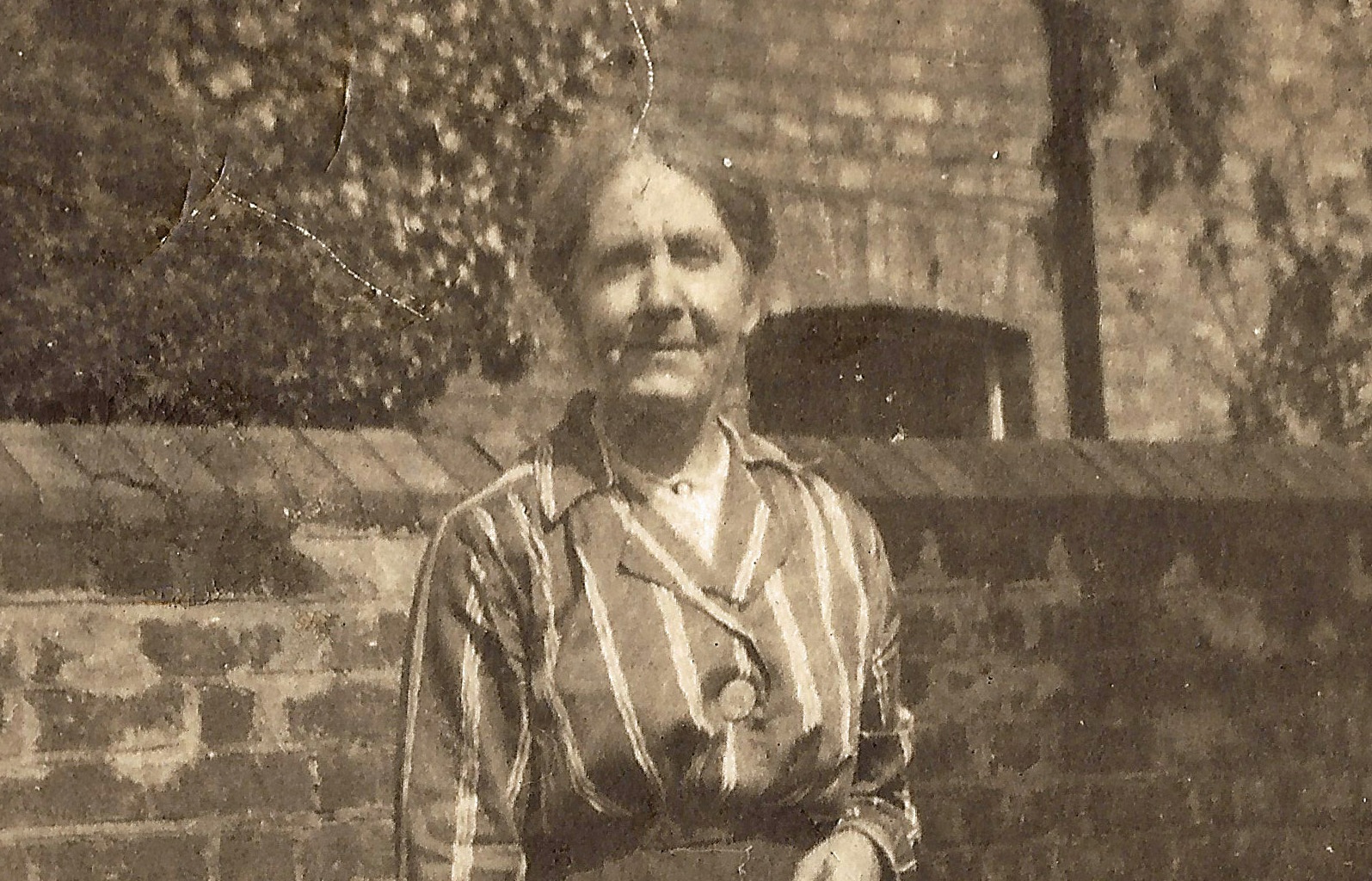
Emily Goodwin
Emily, a 63 year old widow with 5 children at the time she moved to the society, had little money to bring with her when moving to the Campus in 1921, and so made an arrangement with Octavia to be nurse to her elderly aunt, Fanny Waldron.
After Aunt Fanny passed away, Emily then had time to focus on the work of the Society and her own role as an increasingly powerful Member and close confidante of Octavia. Emily’s authority was sealed, when her first words as the ‘Divine Mother’, ‘Send the man to New York, he will die’, were revealed to have come true as Member Edgar Peissart had died in New York shortly after arriving there. On 1 February 1923 it was declared that Emily Goodwin was Eve, the first woman in the book of Genesis. Emily Goodwin’s claim that she spoke as the Divine Mother gave her enormous power within the Society, with her taking over the running of the organisation after Octavia’s death in 1934.
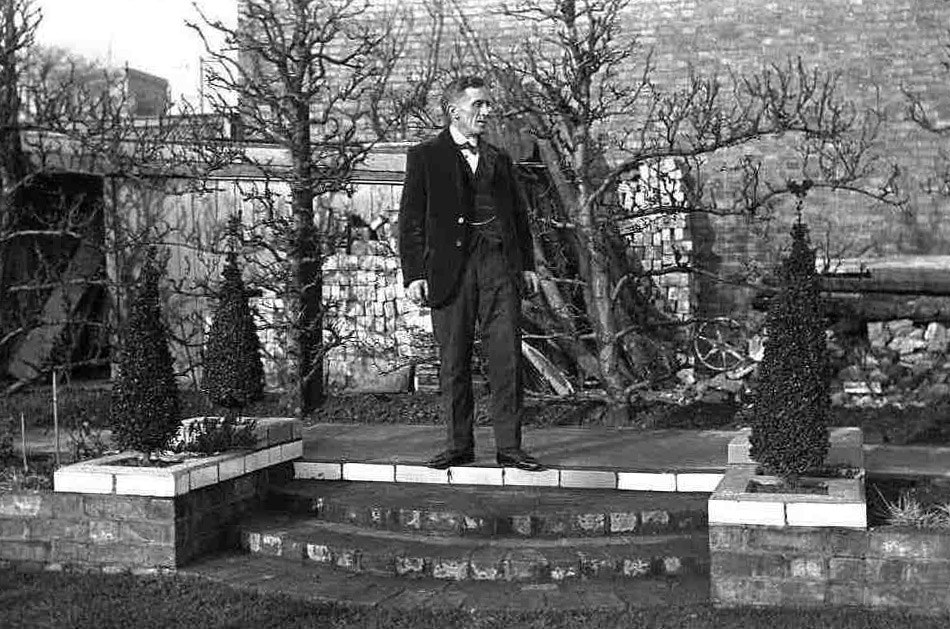
Peter Rasmussen
Peter, a retired Danish builder, was a follower of Joanna Southcott’s teachings, and had discovered the work of the Panacea Society via this connection.
Although he was not a servant, his hands-on approach was a great help to the Society. Octavia referred to him as ‘..how marvellous that one of the Lord’s own sex is chosen to encourage the Woman on the Lord’s behalf.’ Octavia’s dependence on Peter caused jealousies. Member Hilda Green confessed she was ‘often annoyed’ by him as she felt ‘he was greatly favoured by Octavia’. Peter was elevated to the position of the biblical figure of Disciple Peter (just as Emily was ‘Eve’). Peter remained with the Society until his death in 1988.
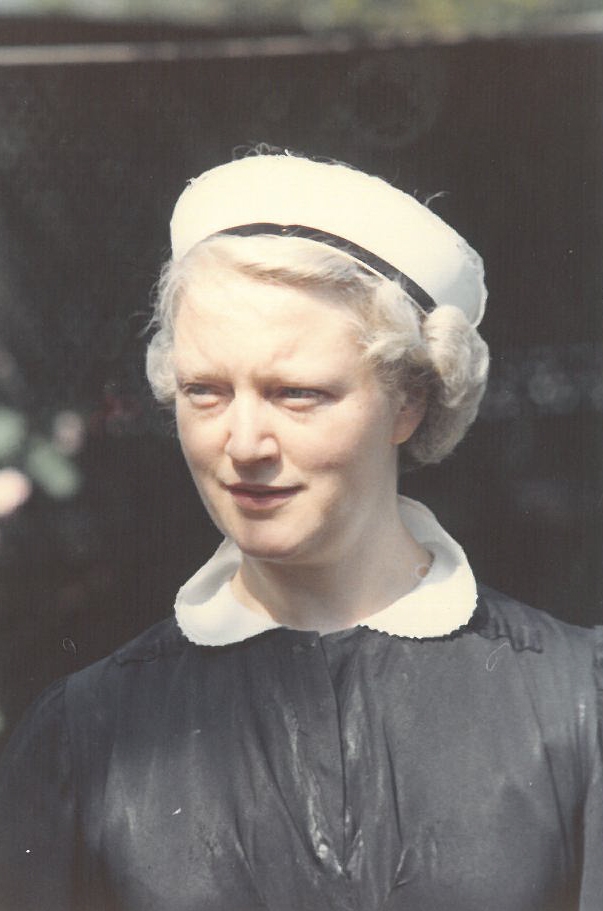
Gladys Powell
Gladys Powell was the longest - serving and final servant of the Panacea Society; she was a worked there from the 1940s-1960s, from the age of 16. Her mother Mrs. Powell and Aunt Ellen Vann had been Members, so she had been brought up as a believer. Miss Vann had also joined as a servant, with her only income being a state pension, and was expected to work for free.
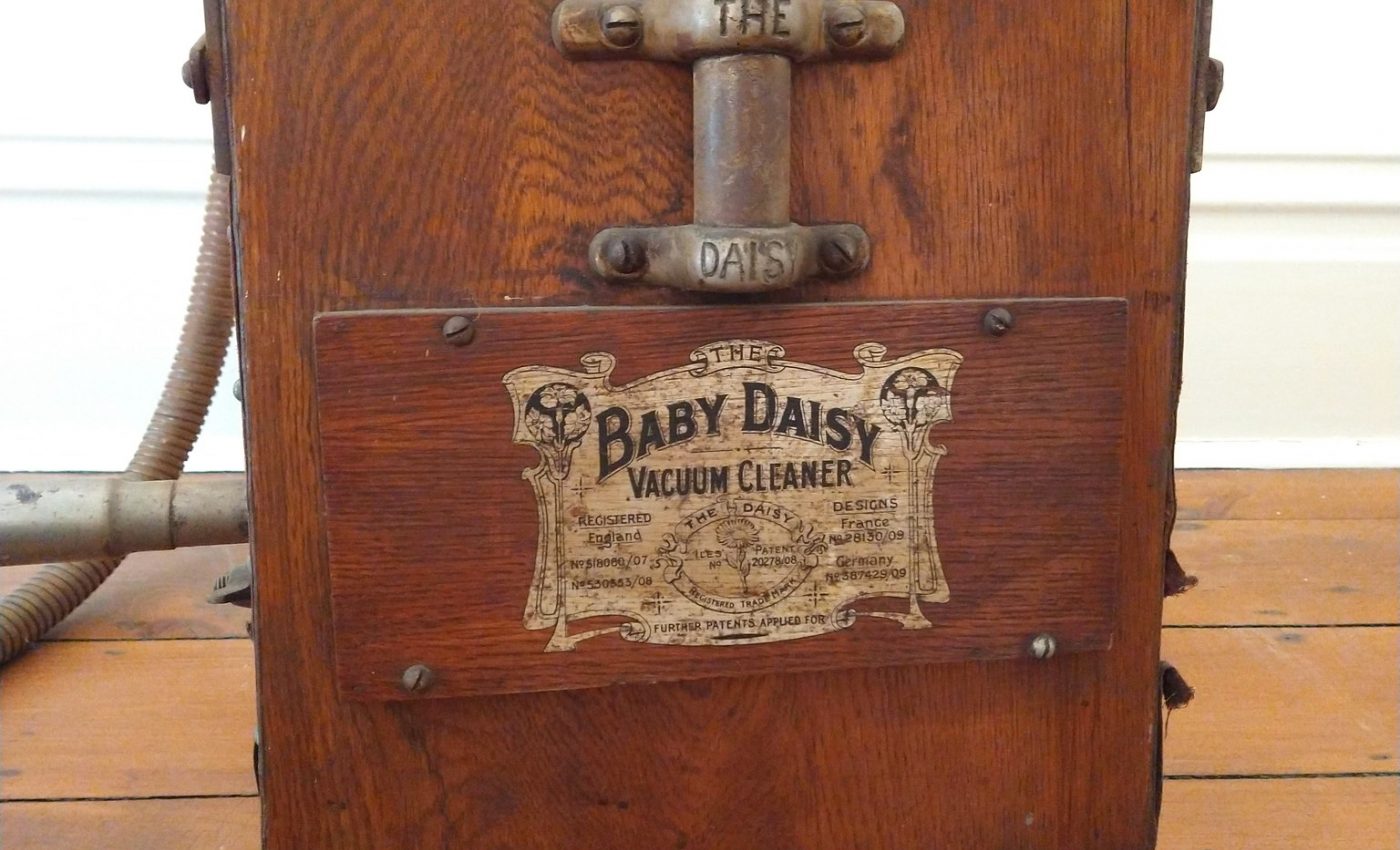
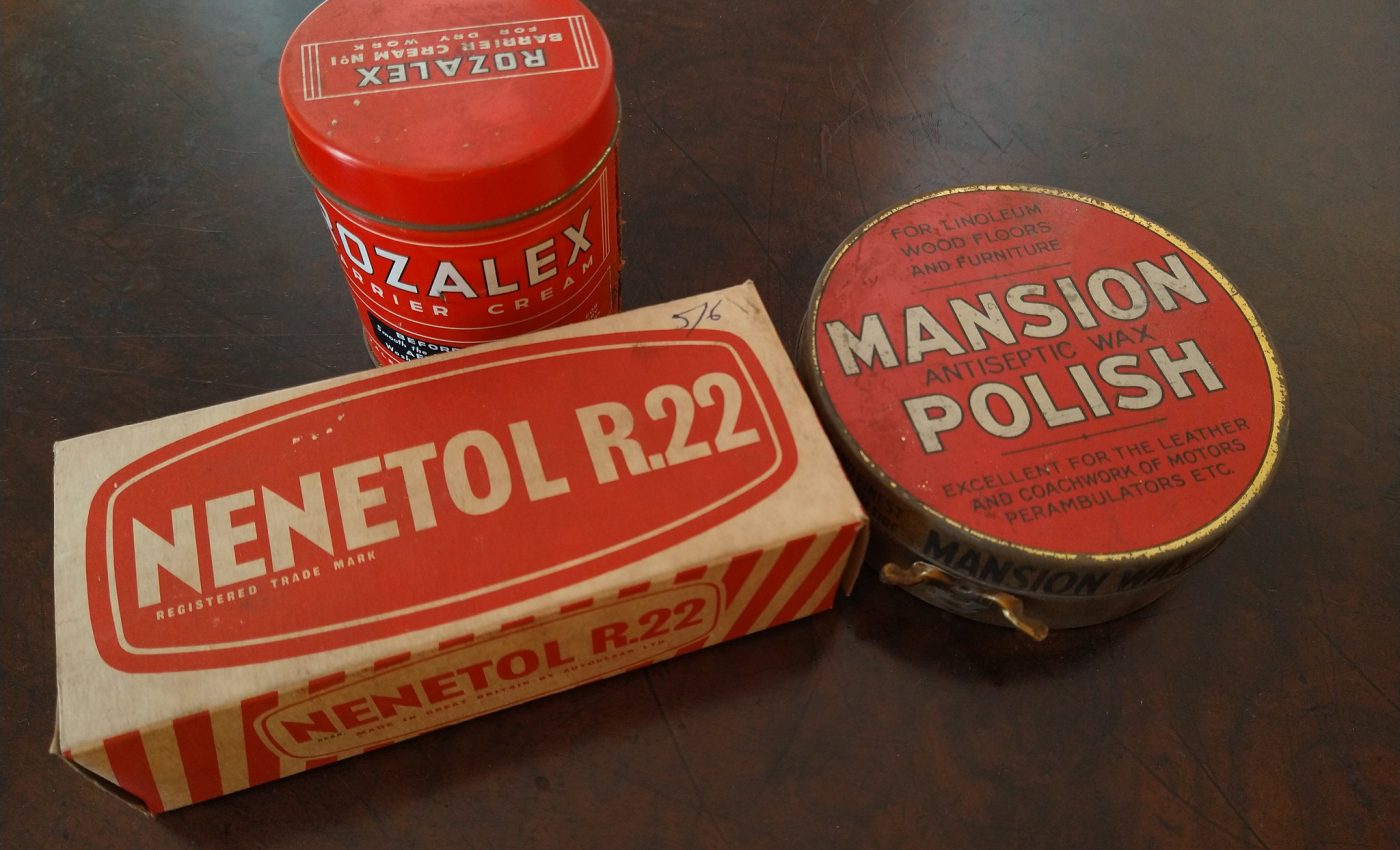
Items on display in the exhibition
By the mid-1960s there were fewer than two dozen Members living on the Campus and a handful of others living in Panacea houses around Bedford. The remaining Panacea Society members did not employ any servants after Gladys, as they began to move closer to more modern ways of living.
To find out more about the Panacea servants, visit ‘Servants and the Working Classes at the Panacea Society’ which runs all Summer:






